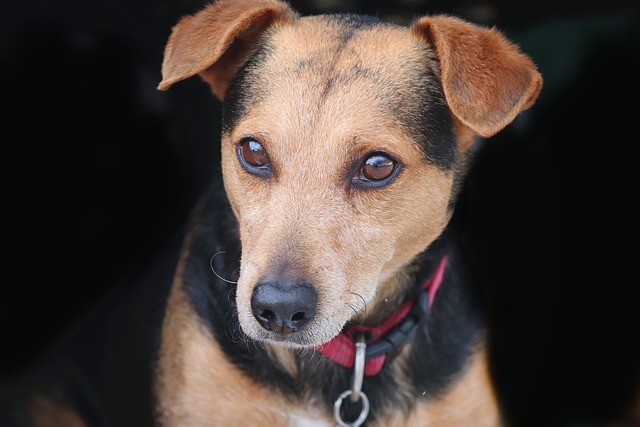
What is glaucoma in a dog?
You might notice your dog squinting more at mealtime or avoiding bright sunlight—these small changes could be early signs of a serious eye condition.
How do I relieve my dog's fever? It’s a question that makes any new pet parent’s heart race. You notice your pup is listless, avoiding their food bowl, and their ears feel warmer than usual—little signs that something’s off. Fever in dogs, like in humans, is the body’s way of fighting off trouble, but watching them suffer is tough. Let’s walk through what to do.
First, know what’s normal. A dog’s average temperature ranges from 99.5 to 102.5°F (37.5 to 39.2°C). Anything above 103°F (39.4°C) counts as a fever, and 106°F (41.1°C) or higher is an emergency. To check, use a rectal thermometer—digital ones are quickest. Lubricate the tip with petroleum jelly, gently insert it about an inch, and wait for the beep. It’s not their favorite task, so reward them with a treat afterward.
 If the fever is mild (under 104°F/40°C) and your dog is still alert, you can try cooling them down at home. Lay a damp towel on the floor and let them lie on it—avoid cold water, which can shock their system. Turn on a fan, but keep it at a low setting, not directly blowing on them. Offer small sips of water frequently; dehydration worsens fever, so keeping them hydrated is key. Skip their regular food for a few hours if they’re not hungry, but don’t let them go more than 12 hours without eating.
If the fever is mild (under 104°F/40°C) and your dog is still alert, you can try cooling them down at home. Lay a damp towel on the floor and let them lie on it—avoid cold water, which can shock their system. Turn on a fan, but keep it at a low setting, not directly blowing on them. Offer small sips of water frequently; dehydration worsens fever, so keeping them hydrated is key. Skip their regular food for a few hours if they’re not hungry, but don’t let them go more than 12 hours without eating.
Never give human meds without a vet’s okay. Acetaminophen (Tylenol) is toxic to dogs, and even ibuprofen can cause severe damage. This is non-negotiable—what helps you can harm them. If your dog’s fever hits 104°F (40°C) or they’re lethargic, vomiting, or having trouble breathing, call the vet immediately. Prompt care can make a huge difference, especially if the fever stems from an infection or other serious issue.
Think about prevention, too. Keeping up with vaccines—like distemper or parvovirus shots—not only keeps your dog healthy but is often required by local laws. A strong immune system is better at fighting off the bugs that cause fever. Also, after walks, wipe their paws with a damp cloth to remove germs from grass or sidewalks—small steps that lower risk.
If your dog is recovering from a fever, ease them back into routine. Skip the long walk or trip to the dog park for a day or two. Let them rest in their favorite spot, and offer bland food like boiled chicken and rice if they start eating again. Gentle care helps them bounce back faster, and it strengthens the trust between you.
Relieving a dog’s fever is about balance—knowing when to act at home, when to call the vet, and always putting their comfort first. With a little attention and care, you’ll help them feel better in no time.

You might notice your dog squinting more at mealtime or avoiding bright sunlight—these small changes could be early signs of a serious eye condition.

Let’s set the scene: It’s a sweltering Phoenix afternoon—105°F outside—and you rushed your 2-year-old Lab mix, Cooper, on a quick walk to “get it over with.”

Let’s get real: You’re in your Miami apartment, watching your 3-year-old Corgi, Loki, struggle to climb the stairs to your second-floor unit.

Many dog owners brush off occasional scratching as just “dog behavior,” but persistent itching often signals something more—like a food allergy.

You might first notice your dog scratching more than usual—chewing at their paws until the fur looks thin, or rubbing their face against the couch nonstop.

Let’s be real: You’re standing in your Chicago apartment, watching your 3-year-old Beagle, Max, huff and puff just to climb onto the couch.